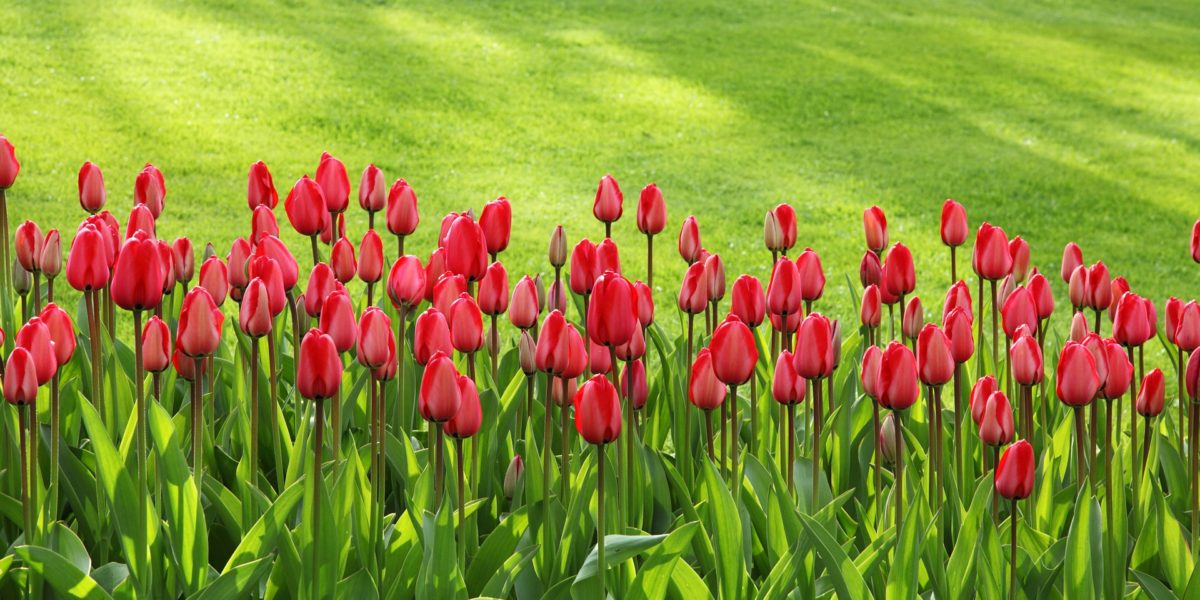
- Categories: Outdoor Living
Choosing the “right plant for the right location” is an important consideration for all types of landscaping design. Making the wrong selection of plants may lead to increased maintenance, a failure of plants to thrive, and sometimes the death of installed plant material. Careful planning and site evaluation are the first steps in a good landscape design. Trees and shrubs vary considerably in their ability to tolerate different site conditions and it is critical to select plants to match the existing growing conditions of the site in addition to their ornamental value. Even the best planting practices will not help a plant to thrive if it is poorly suited for a particular site. It is also important to know the mature height and width of selected plants so that they will not outgrow the space allotted to them.
Maintenance
Low-maintenance landscaping does not mean that no maintenance will be required, as all plants will require some routine care in order to succeed.
In addition to plant selection, proper planting practices and the grouping of trees and shrubs according to their needs for water, fertilizer, and maintenance will go a long way to ensure good plant health. With good site evaluation and plant selection, woody ornamentals will thrive and enhance the landscape for many years.
Important To Keep In Mind
Could you use some help with your plant selection? We can help you with your landscaping design ideas by selecting the right plants for you. We can provide information on perennials, annuals, ground covers, vines, shrubs and trees commonly used in designing a garden in our area. Here are a few things to consider:
- Light availability, intensity and duration (full sun to deep shade).
- Water availability, both quantity and quality.
- Exposure to wind and temperature extremes.
- Soil type, drainage, and compaction.
- Competition from existing vegetation.
- Above ground wires or obstructions.
We Can Help!
Whether you are interested in completely redesigning your landscape or simply making a few changes there are some important factors to consider before you start planting. Creating a plan beforehand will help you chose plants that will best fit your needs and thrive in your landscape. It's easy to go out and be tempted into buying plants that look beautiful at the garden store, only to get them home and realize they are wrong for your landscape. Let us help you plan your outdoor living space. Give us a call today.
Know Your Yard
Think about your regional climate, the topography of your site, and your soil type when planning your landscape. Keep in mind the areas that get full sun, partial shade, shade, or deep shade. Also, take note of how water drains in your landscape.
Who Will Be Using Your Yard?
Think about who will be using your yard and how they will use it. Will children be using your yard? Do you have pets? Are you hoping to use your yard for outdoor entertaining? Remember you can create different spaces for different uses in your landscape using strategic plantings and hardscapes. Walkways can be used to move people from one area to another.
Think About a Theme
Themes can unify your landscape and help guide your plant and material selections. When deciding on a theme for your yard, a good place to start is looking at the architecture of your home. Try to complement the lines and style of your home's architecture in your yard; after all, your yard is an extension of your home.
Plants Function
Early in your planning you should determine how your plants will function in your landscape. Plants can be used as barriers to define areas within your landscape as well as identify where your landscape ends. You can use plants to create physical barriers in your landscape by blocking both views and access to an area. If you want to keep your views open, but maintain some barriers, low growing plants can be used to create implied barriers, blocking access but not the view.
